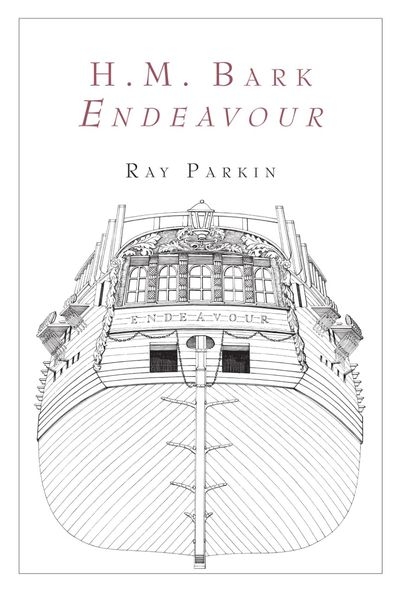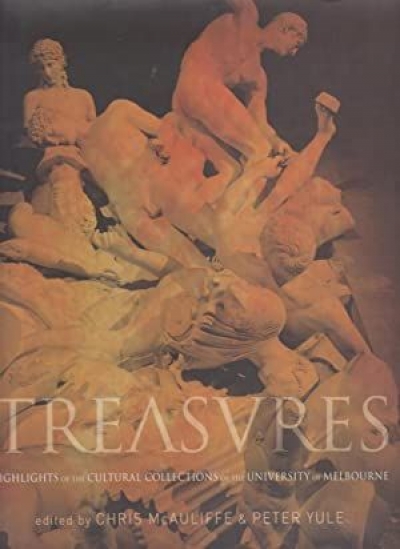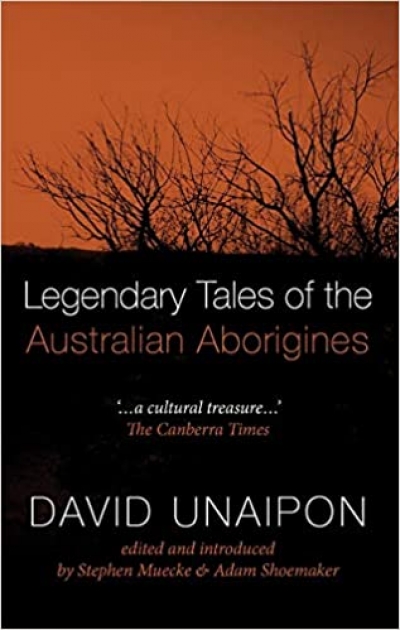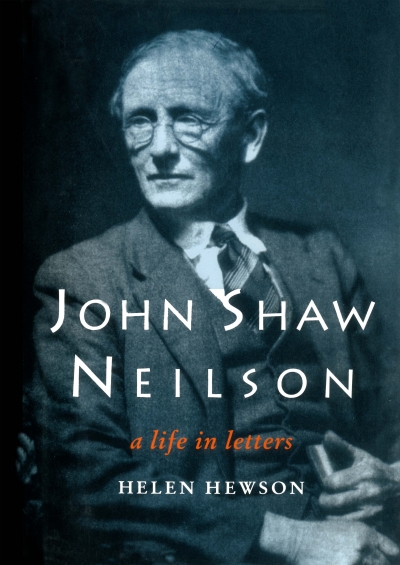Miegunyah Press
Through Artists’ Eyes: Australian Suburbs and their Cities, 1919-1945 by John Slater
by Daniel Thomas •
Treasures edited by Chris McAuliffe and Peter Yule & Treasures of the State Library of Victoria by Bev Roberts
by Christopher Menz •
Donald Thomson in Arnhem Land by Donald Thomson, edited by Nicolas Peterson
by John Mulvaney •
The Global Reach of Empire: Britain’s maritime expansion in the Indian and Pacific oceans, 1764–1815 by Alan Frost
by Donna Merwick •
Legendary Tales of the Australian Aborigines by David Unaipon, edited and introduced by Stephen Muecke and Adam Shoemaker
by Susan Hosking •
Colonial Consorts: The wives of Victoria’s governors, 1839–1900 by Marguerite Hancock
by Paul de Serville •
The Solitary Watcher: Rick Amor and his art by Gary Catalano
by Bernard Smith •










